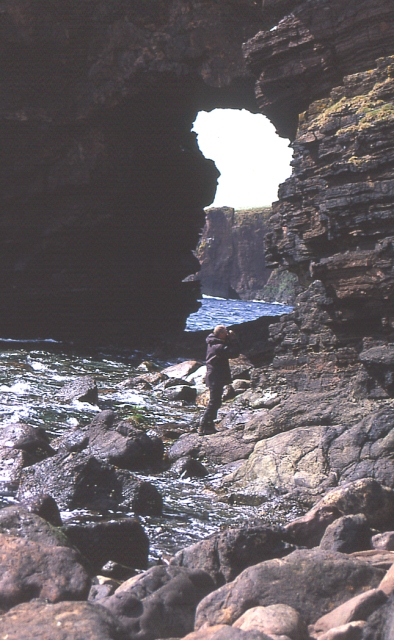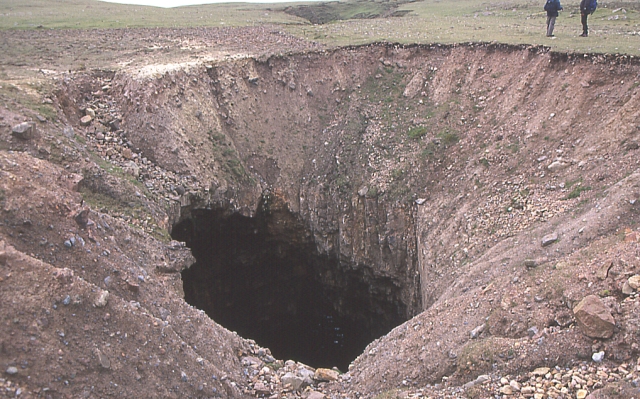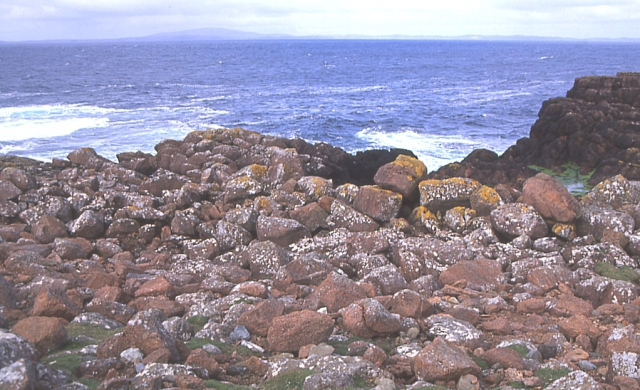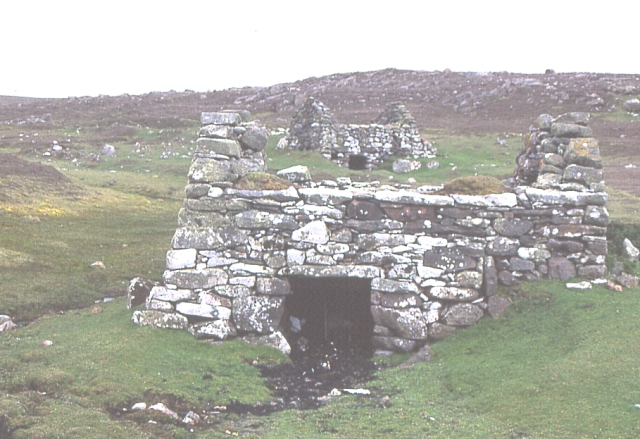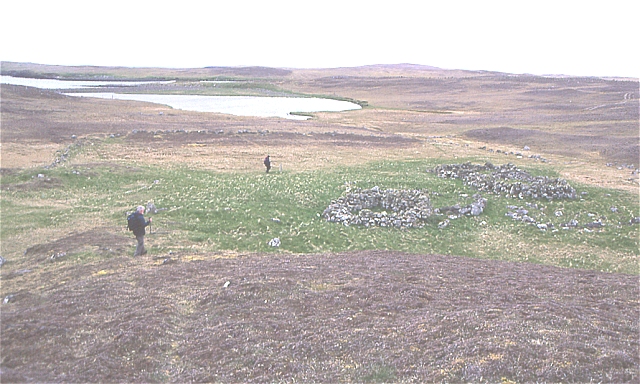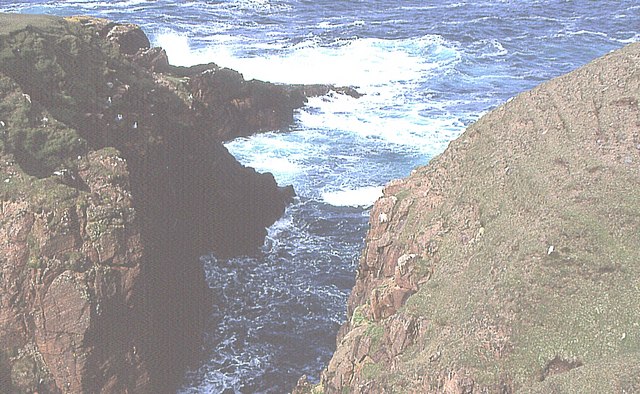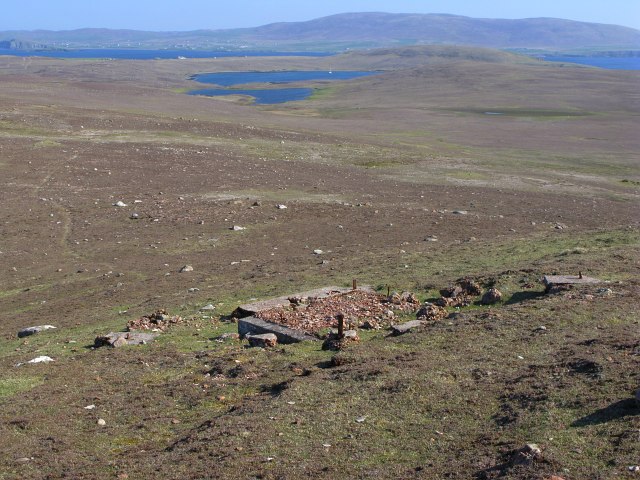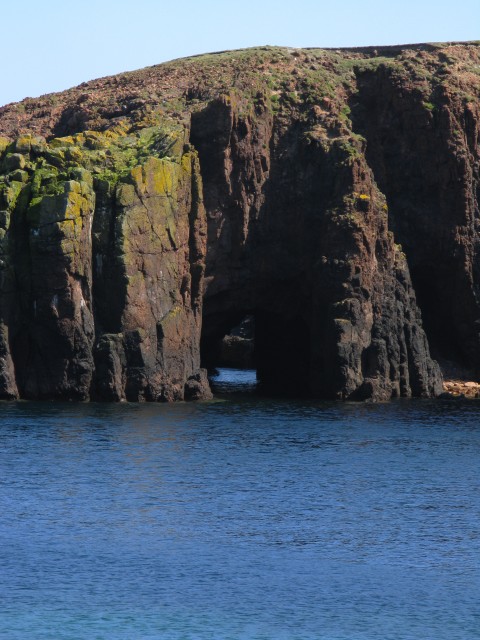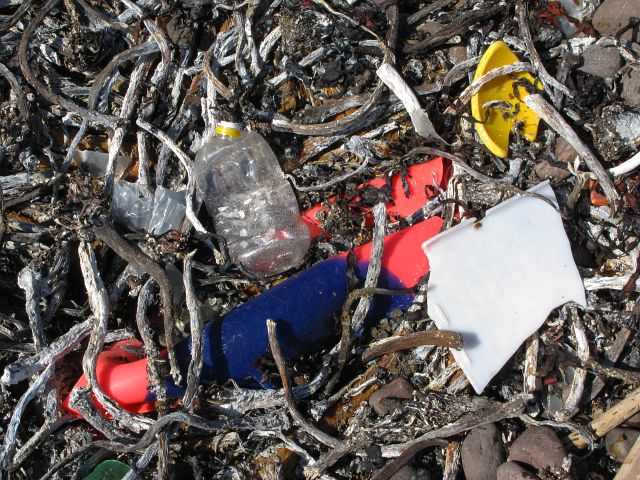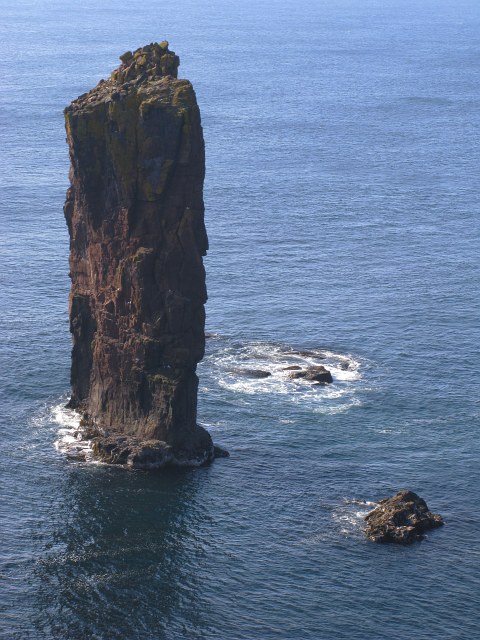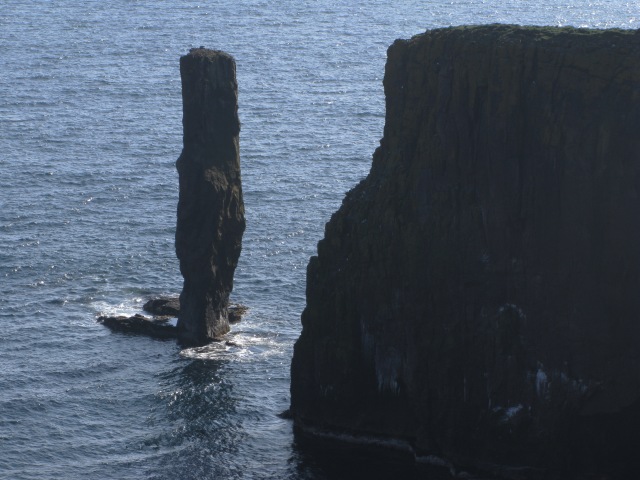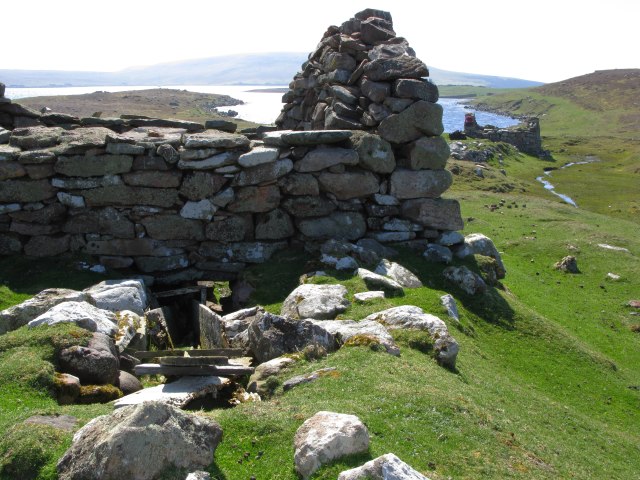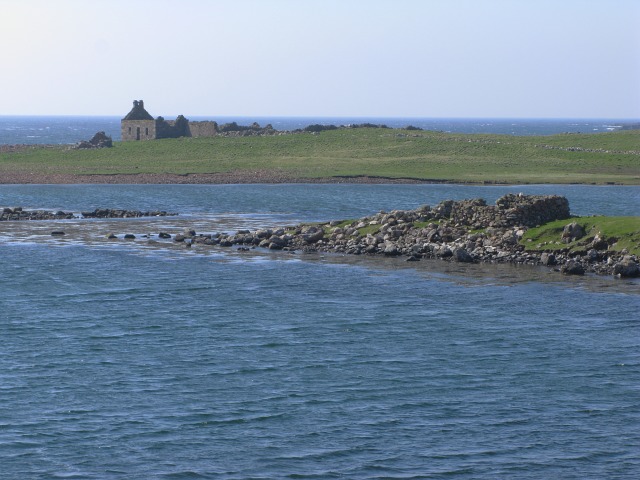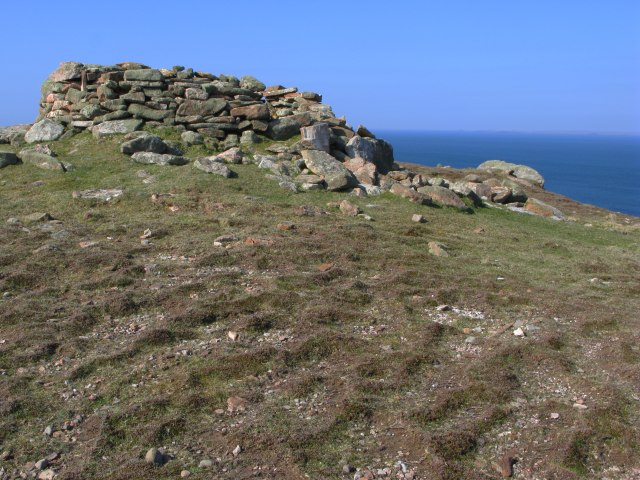Lang Geo
Coastal Feature, Headland, Point in Shetland
Scotland
Lang Geo
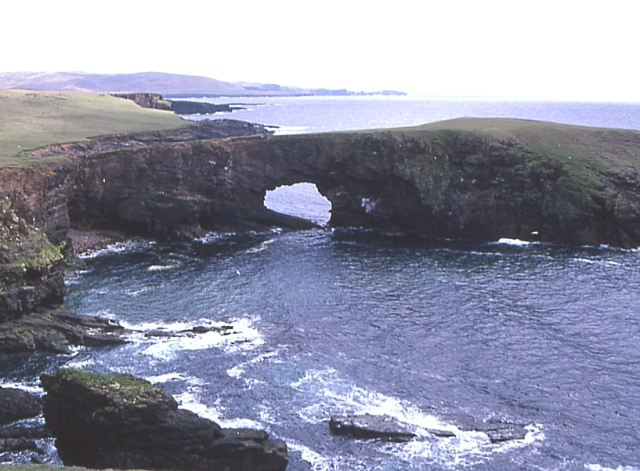
Lang Geo is a prominent coastal feature located in the Shetland Islands, a remote archipelago situated off the northeastern coast of Scotland. Specifically, it is a headland or point that juts out into the North Sea. The name "Lang Geo" derives from the Old Norse language, with "Lang" meaning long, and "Geo" referring to a narrow, steep-sided inlet or cove.
This coastal feature is characterized by its rugged and dramatic cliffs, which rise steeply from the sea, providing a striking and picturesque landscape. The cliffs are composed of sedimentary rocks, including sandstone and shale, which display unique geological formations and provide a valuable insight into the region's geological history.
Lang Geo is a popular spot for nature enthusiasts, geologists, and photographers due to its outstanding natural beauty and diverse wildlife. The area is home to various seabird colonies, including puffins, guillemots, and razorbills, which nest along the cliffs. Seals can often be spotted basking on the rocks or swimming in the surrounding waters.
Visitors to Lang Geo can explore the area by foot, following well-defined coastal trails that offer breathtaking views of the coastline and the open sea. The headland is also a favored spot for fishing and birdwatching, as it provides an excellent vantage point for observing the abundant marine life and avian species that inhabit the area.
In conclusion, Lang Geo is a stunning coastal feature in the Shetland Islands, known for its impressive cliffs, rich geological heritage, and diverse wildlife. Its natural beauty and accessibility make it a must-visit destination for anyone exploring this unique and remote part of Scotland.
If you have any feedback on the listing, please let us know in the comments section below.
Lang Geo Images
Images are sourced within 2km of 60.343216/-1.7114213 or Grid Reference HU1662. Thanks to Geograph Open Source API. All images are credited.
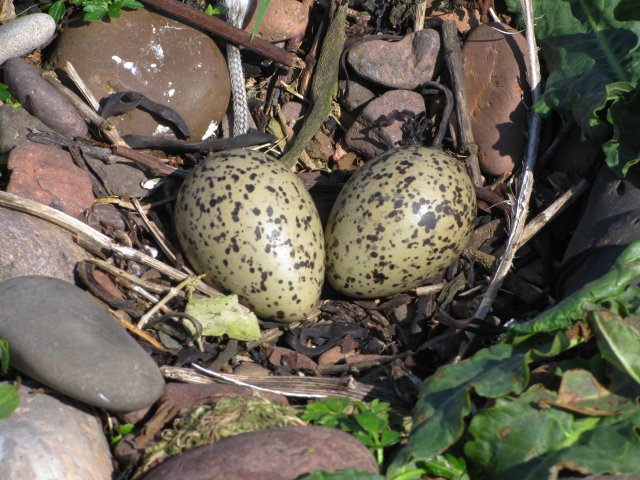
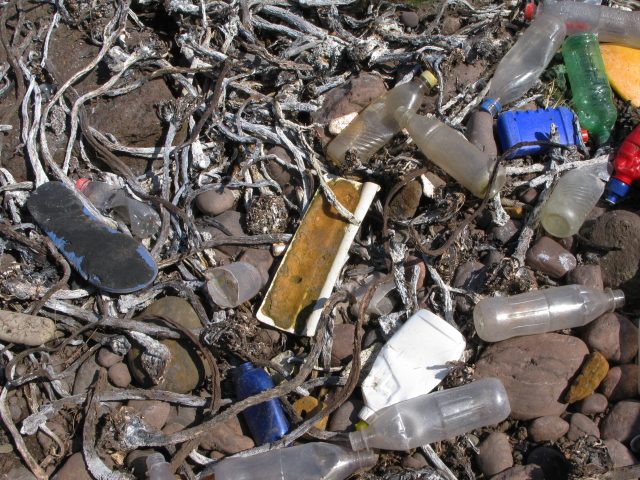
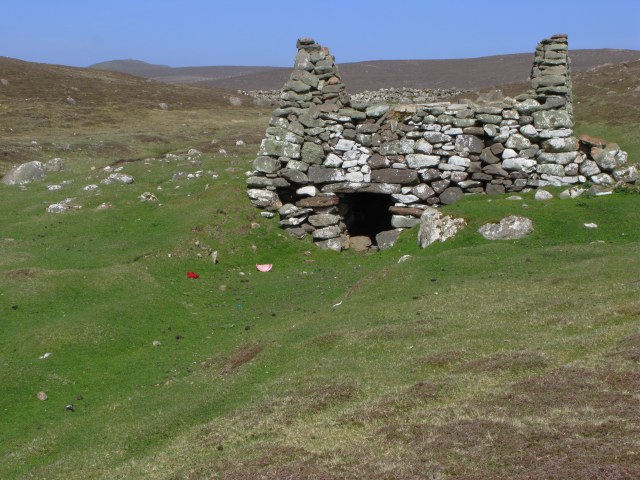
Lang Geo is located at Grid Ref: HU1662 (Lat: 60.343216, Lng: -1.7114213)
Unitary Authority: Shetland Islands
Police Authority: Highlands and Islands
What 3 Words
///radar.contoured.swarm. Near Walls, Shetland Islands
Nearby Locations
Related Wikis
Papa Stour
Papa Stour (Scots: Papa Stour) is one of the Shetland Islands in Scotland, with a population of under fifteen people, some of whom immigrated after an...
Biggings
Biggings is a village on the island of Papa Stour, in Shetland, Scotland. Papa Stour's church is situated at the south of Biggings. A homestead of Duke...
Papa Stour Airstrip
Papa Stour Airstrip is a small airstrip in the village of Biggings on the island of Papa Stour. Shetland, Scotland. == History == Papa Stour Airstrip opened...
Maiden Stack
The Maiden Stack or Frau Stack is a tiny stack in the western Shetland Islands to the north of Brei Holm and east of Housa Voe in Papa Stour. It is so...
Have you been to Lang Geo?
Leave your review of Lang Geo below (or comments, questions and feedback).
